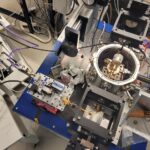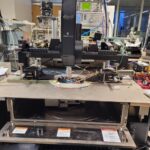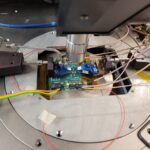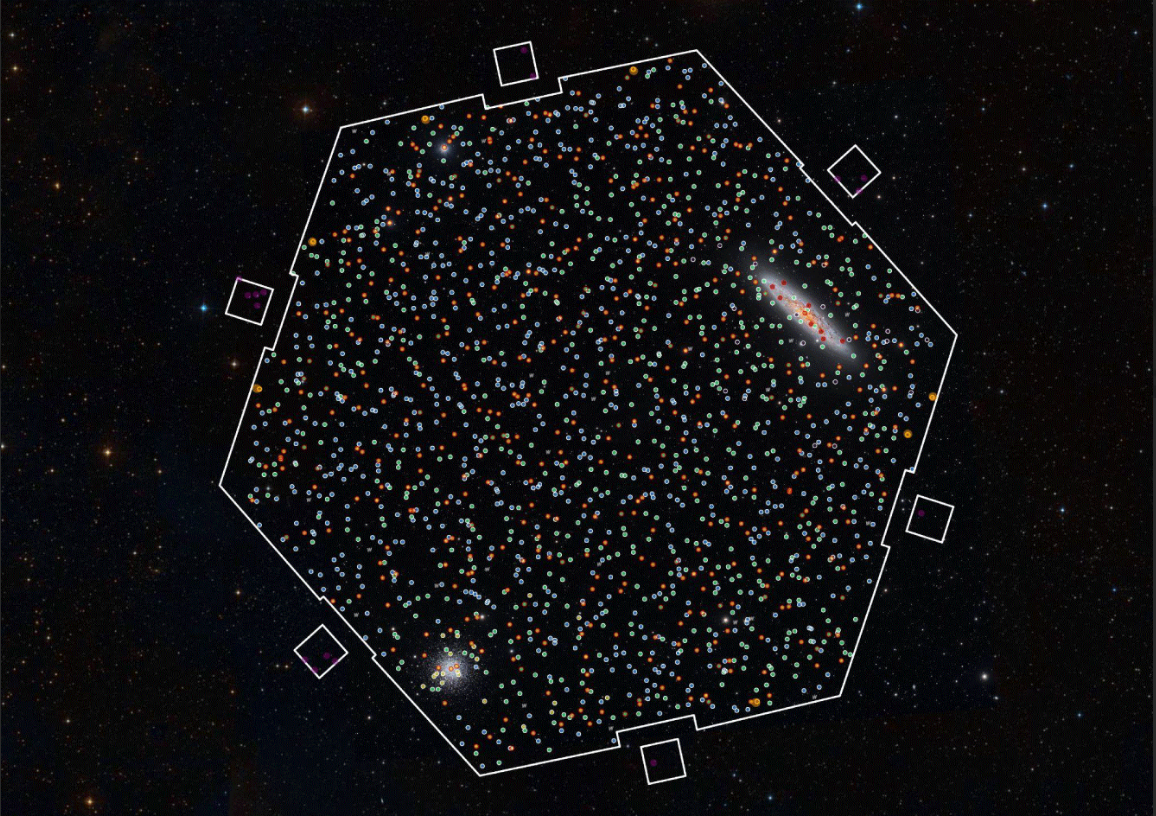
CATA Associate Researcher leads innovative project for millimeter wave receivers
The initiative, led by Dr. Rodrigo Reeves, seeks to develop next-generation hybrid millimeter-wave reception modules based on MMIC technology, positioning Chile as a leader in advanced astronomical instrumentation.
Dr. Rodrigo Reeves, Associate Researcher at the Center for Astrophysics and Related Technologies – CATA (ANID Basal Center), Director of the Center for Astronomical Instrumentation (CePIA) and academic at the University of Concepción (UdeC), leads an innovative project aimed at developing a new generation of hybrid millimeter reception modules based on MMIC (Monolithic Microwave Integrated Circuits) technology for high-precision astronomical cameras.
The initiative, awarded in the 2025 call for proposals for ANID’s Advanced Technologies competition, has CATA as a secondary beneficiary, reinforcing its role as a key player in the project.
This proposal aims to design prototypes capable of operating at 100 GHz, with dual linear polarization and high sensitivity, which are key qualities for future astronomical cameras.
“The future goal is to use these modules in millimeter cameras that can be installed in telescopes such as the Leighton Chajnantor Telescope (LCT) and international observatories. In short, it is about miniaturizing and increasing the efficiency of millimeter wave “pixels” for astronomical cameras, in an international project led from Chile, which positions our country as a player in the development of world-class astronomical instrumentation,” explains Rodrigo Reeves.
Frontier innovation with international collaboration
The main innovation of the MMIC project lies in the hybrid integration of two cutting-edge semiconductor technologies—indium phosphide (InP) and silicon germanium (SiGe)—within a single compact module. This architecture, combined with LTCC ceramic encapsulations optimized for cryogenic operation, seeks to achieve electronic noise levels below 20 K, an unprecedented achievement in national developments, in addition to reducing the size, energy consumption, and manufacturing costs of millimeter wave receivers.
The project has the collaboration of VTT (Finland), ShNU (China), and Caltech/JPL (USA), strengthening the existing infrastructure at the Center for Astronomical Instrumentation (CePIA) at the UdeC (a laboratory associated with CATA), modernizing its measurement and cryogenics stations to meet international standards. This will enable the laboratory not only to design, but also to integrate and characterize MMIC modules under real observation conditions.
“This breakthrough puts Chile, CATA, and the University of Concepción on the international map of low-noise microelectronics, combining advanced instrumentation and astronomical observation,” says the director of CePIA.
An emerging challenge
Today, radio astronomy faces a limitation: current millimeter receivers are expensive and not very scalable, which prevents the construction of cameras with many sensitive pixels. “Systems such as ARGUS (NRAO–Green Bank Telescope) have only 16 pixels. The challenge is to reach tens or hundreds, while maintaining sensitivity and reducing thermal dissipation in cryogenics,” explains the UdeC academic.
The development of these new modules will enable faster and higher-resolution mapping of the sky, reducing observation times and operating costs for large telescopes. On a scientific level, this initiative will enable Chile, CATA, and the UdeC to develop their own technology in integrated modules for cutting-edge millimeter cameras, contributing to the equipment of national and international observatories.
On the industrial front, it will open the door to domestic manufacturing of advanced microwave and sensor components, with potential for transfer to sectors such as telecommunications, environmental sensing, and satellite systems. It also promotes the training of human capital specialized in electronic engineering and applied physics, offering training opportunities in Finland and the United States.
Work with a territorial and equitable approach
In the words of the CATA researcher, “this project contributes to consolidating a national technological value chain with a presence in the scientific and industrial market, as well as promoting equitable training in STEM (Science, Technology, Engineering, and Mathematics) areas, encouraging the participation of female researchers and students in all stages of the process. From the Biobío Region, we seek to consolidate the UdeC as a national center for technological development outside the Metropolitan Region, contributing to the decentralization of scientific development in the country,” says the CATA Associate Researcher.
Finally, Dr. Reeves calls for valuing investment in national science and technology. “The development of Chile’s own technology demonstrates that science and engineering can go hand in hand to generate high-level, exportable technology that is valuable to the country. Investing in projects like this not only drives cutting-edge research, but also industrial capabilities, highly specialized employment, and new opportunities for innovation. From the field of astronomy, we seek to show that Chile can move from being an observer of the universe to also becoming a designer and manufacturer of the technology that observes it, impacting our industry with solutions that increase its competitiveness in the international arena,” he concludes.
Recent news
-
 Publicado el: 12/12/2025Call for applications for the CATA Emprende 2026 program now open
Publicado el: 12/12/2025Call for applications for the CATA Emprende 2026 program now open -
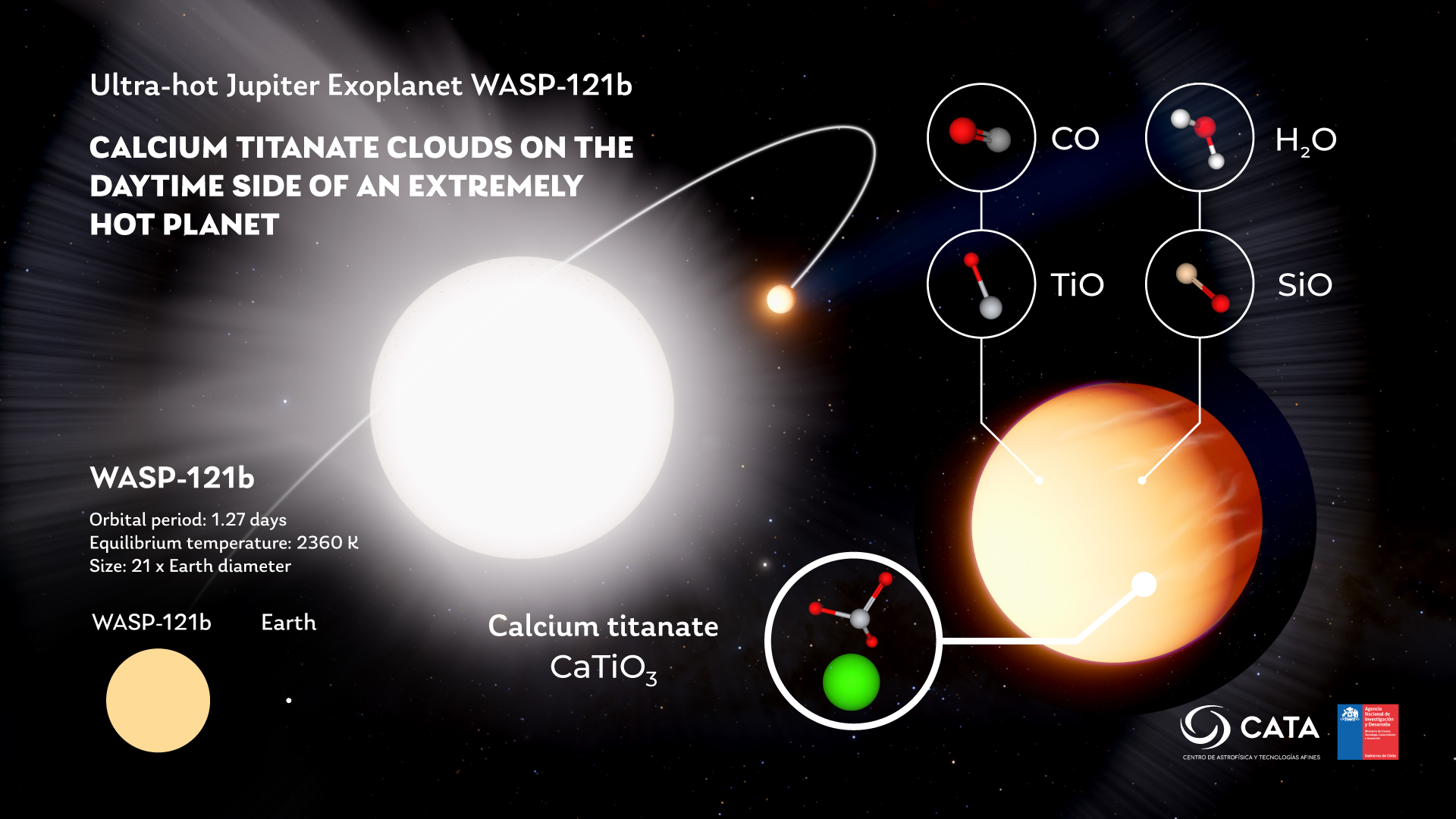 Publicado el: 09/12/2025CATA researchers detect titanate clouds on ultra-hot exoplanet
Publicado el: 09/12/2025CATA researchers detect titanate clouds on ultra-hot exoplanet -
 Publicado el: 05/12/2025CATA launches Applied Research Fund 2026
Publicado el: 05/12/2025CATA launches Applied Research Fund 2026 -
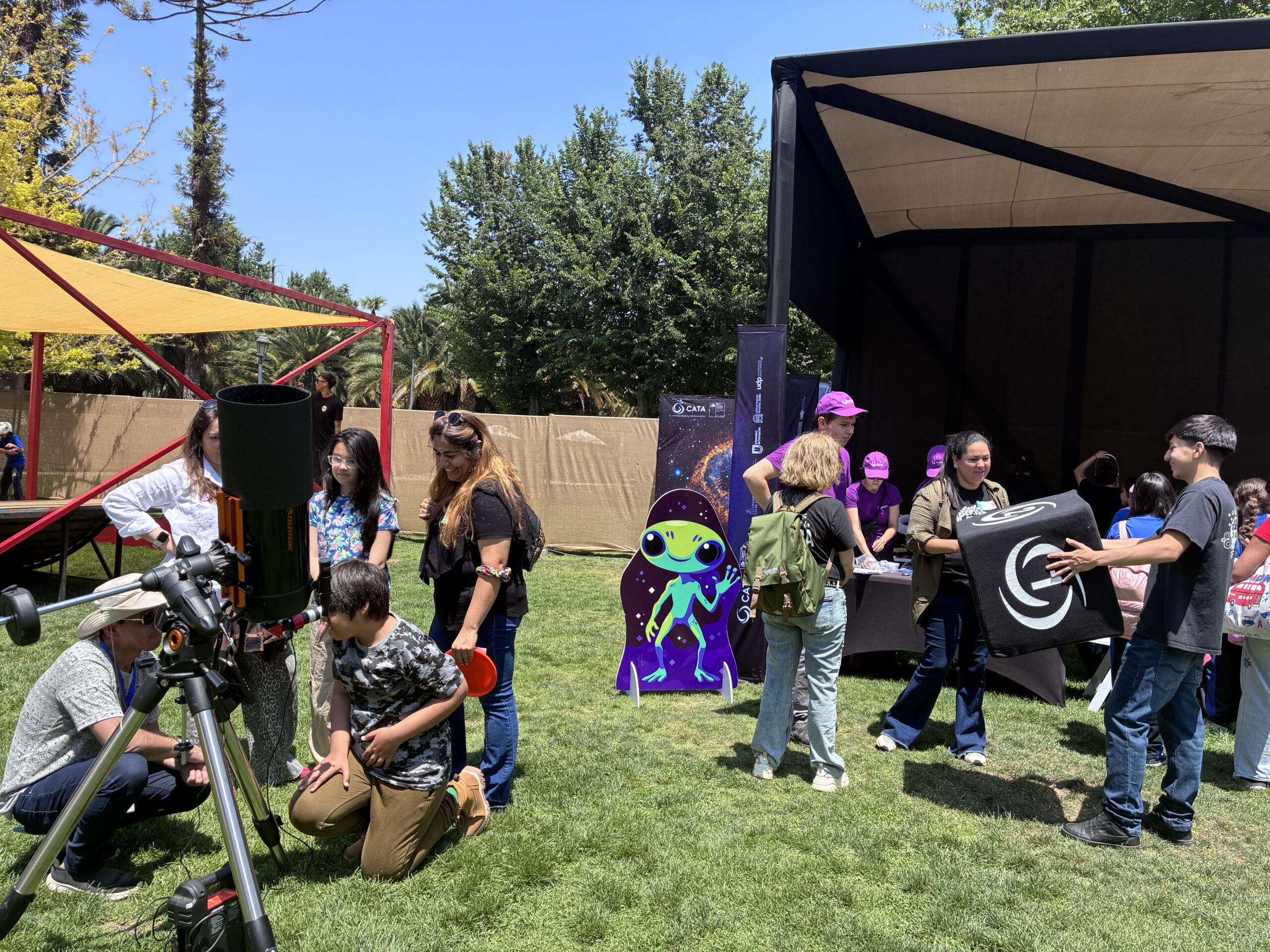 Publicado el: 01/12/2025The astronomical experience was part of the 4th Ladera Sur Festival.
Publicado el: 01/12/2025The astronomical experience was part of the 4th Ladera Sur Festival. -
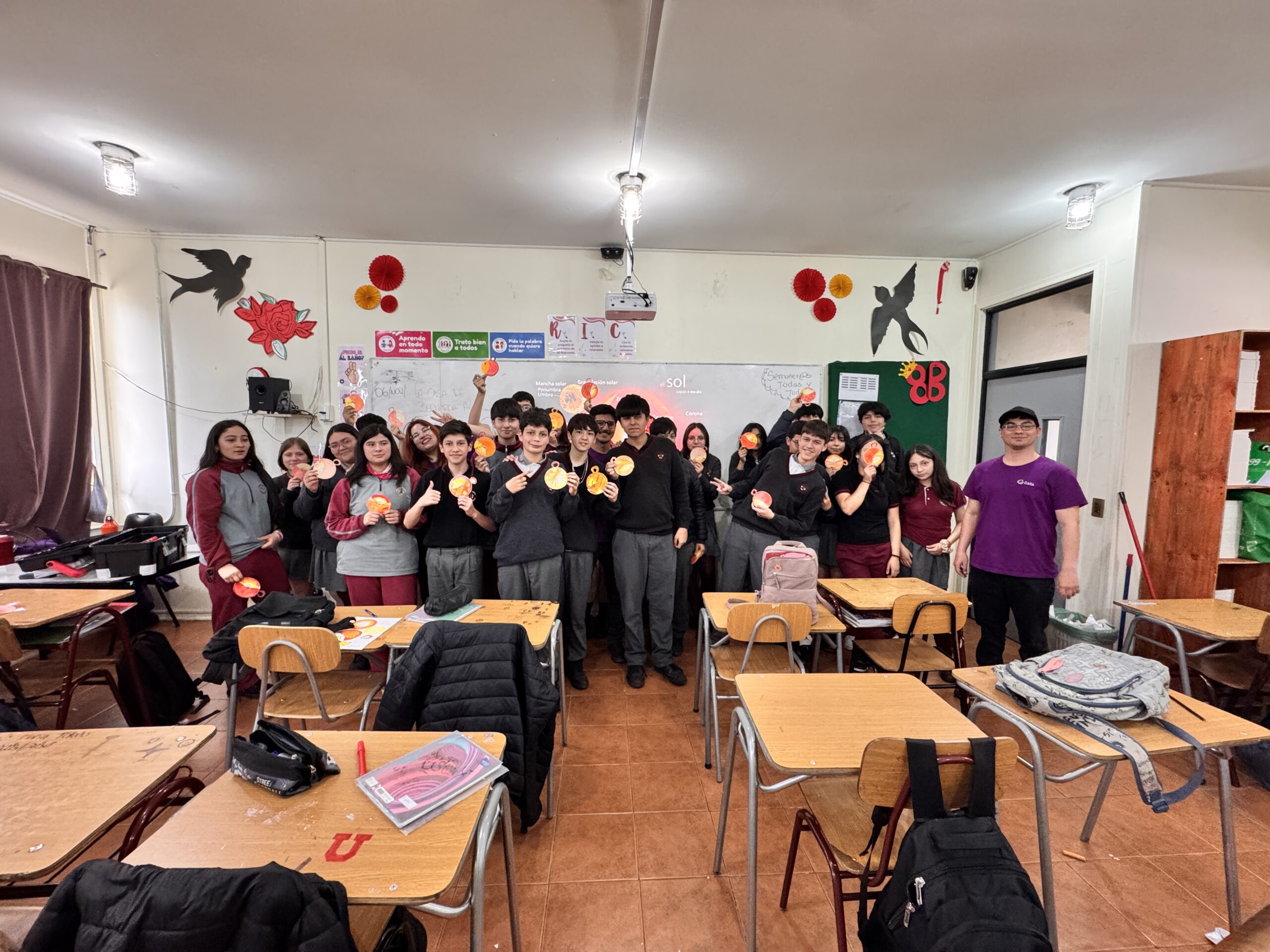 Publicado el: 25/11/2025Students from Angol held an astronomy workshop with CATA
Publicado el: 25/11/2025Students from Angol held an astronomy workshop with CATA
Categories list
- Acknowledgments 21
- Astrobiology 6
- AstroCluster 1
- Black holes 18
- Corporativo 57
- Cosmology 5
- Descubrimientos 23
- Disclosure 73
- Exoplanets 14
- Extension 6
- Galaxies 21
- Galaxies formation 5
- Inter y Transdisciplina 4
- Local Universe 16
- Publications 6
- Sin categorizar 34
- Solar System 21
- Stellar formation 8
- Technology 16
- Technology Transfer 18
